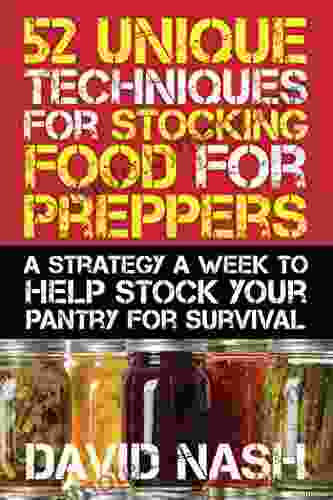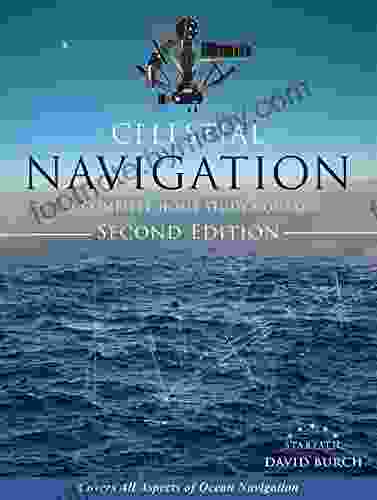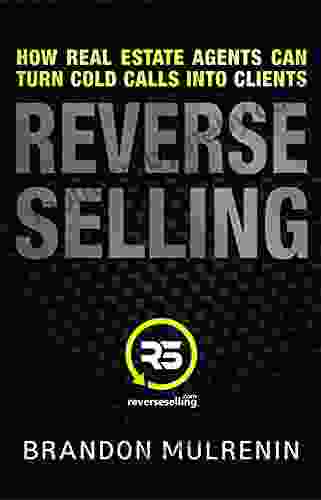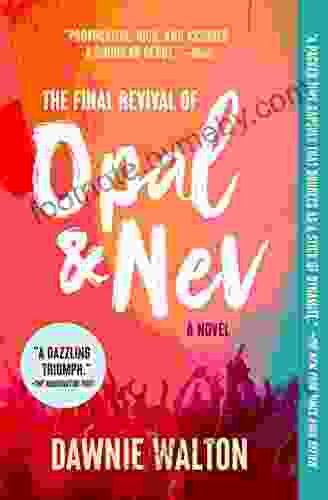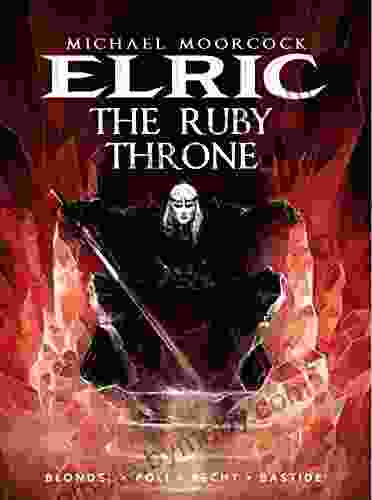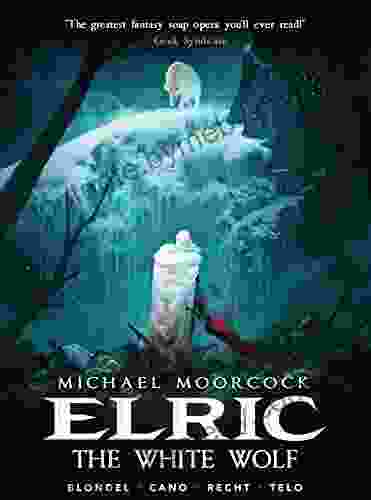52 Unique Techniques For Stocking Food For Preppers: The Ultimate Guide to Emergency Food Storage

Are you prepared for the unexpected? In the event of a natural disaster, power outage, or other emergency, it's essential to have a plan in place to ensure you and your family have enough to eat. Stocking food for preppers is a crucial part of any emergency preparedness plan, and there are a number of unique techniques you can use to make sure you have a well-stocked pantry.
In this article, we'll share 52 unique techniques for stocking food for preppers. These techniques will help you to:
4.6 out of 5
| Language | : | English |
| File size | : | 41248 KB |
| Text-to-Speech | : | Enabled |
| Enhanced typesetting | : | Enabled |
| Word Wise | : | Enabled |
| Screen Reader | : | Supported |
| Print length | : | 384 pages |
- Identify the types of food you need to stock
- Determine how much food you need to store
- Choose the right storage methods for your food
- Organize your food storage so it's easy to access
- Rotate your food stock regularly to prevent spoilage
1. Identify the Types of Food You Need to Stock
The first step in stocking food for preppers is to identify the types of food you need. This will vary depending on your individual needs and preferences, but there are some general categories of food that everyone should consider stocking.
- Non-perishable foods: These foods have a long shelf life and can be stored without refrigeration. Examples include canned goods, dried foods, and grains.
- Perishable foods: These foods have a shorter shelf life and need to be refrigerated or frozen. Examples include fresh fruits and vegetables, meat, and dairy products.
- Comfort foods: These foods are not essential for survival, but they can provide a sense of comfort and familiarity during an emergency. Examples include chocolate, candy, and snacks.
2. Determine How Much Food You Need to Store
The amount of food you need to store will depend on the size of your family and the length of time you expect to be without access to food. A good rule of thumb is to store enough food for at least two weeks, but you may want to store more if you live in an area that is prone to natural disasters or other emergencies.
To determine how much food you need, you can use the following formula:
Number of people in your family x 2,000 calories per day x number of days you want to be prepared for = total calories needed
For example, if you have a family of four and you want to be prepared for two weeks, you would need to store 56,000 calories of food.
3. Choose the Right Storage Methods for Your Food
Once you know what types of food you need to stock and how much you need, you need to choose the right storage methods for your food. There are a number of different storage methods available, so it's important to choose ones that are appropriate for the types of food you're storing.
- Canned foods: Canned foods can be stored for long periods of time without refrigeration. They are a great option for storing non-perishable foods like fruits, vegetables, and meats.
- Dried foods: Dried foods are another great option for long-term storage. They are lightweight and easy to store, and they have a long shelf life. Dried foods include fruits, vegetables, meats, and grains.
- Frozen foods: Frozen foods can be stored for even longer periods of time than canned or dried foods. However, they require a freezer to store them. Frozen foods include fruits, vegetables, meats, and dairy products.
- Vacuum-sealed foods: Vacuum-sealed foods are a great way to store food for long periods of time. They remove the air from the packaging, which prevents spoilage. Vacuum-sealed foods can be stored in the refrigerator, freezer, or pantry.
4. Organize Your Food Storage So It's Easy to Access
Once you have your food stored, it's important to organize it so it's easy to access. This will make it easier to find the food you need when you need it.
One way to organize your food storage is to use shelves or bins. You can label the shelves or bins with the type of food that is stored in them. You can also use a food inventory to keep track of what food you have and when it needs to be rotated.
5. Rotate Your Food Stock Regularly to Prevent Spoilage
Even if you store your food properly, it's important to rotate your stock regularly to prevent spoilage. This means eating the older food first and moving the newer food to the front of the shelf or bin.
You can rotate your food stock by using the FIFO method (first in, first out). This means that you eat the food that was Free Downloadd first and store the newer food at the back of the shelf or bin.
By following these 52 unique techniques for stocking food for preppers, you can ensure that you and your family have enough to eat in the event of an emergency. Remember, it's better to be prepared than to be caught off guard.
Additional Tips for Stocking Food for Preppers
- Buy in bulk when possible. This will save you money in the long run.
- Take advantage of sales and coupons.
- Store your food in a cool, dry place.
- Avoid storing food in areas that are exposed to heat or light.
- Check your food storage regularly for spoilage.
- Consider storing a variety of foods so that you have a balanced diet.
- Don't forget to store water.
By following these tips, you can ensure that you and your family are well-prepared for any emergency.
4.6 out of 5
| Language | : | English |
| File size | : | 41248 KB |
| Text-to-Speech | : | Enabled |
| Enhanced typesetting | : | Enabled |
| Word Wise | : | Enabled |
| Screen Reader | : | Supported |
| Print length | : | 384 pages |
Do you want to contribute by writing guest posts on this blog?
Please contact us and send us a resume of previous articles that you have written.
 Book
Book Novel
Novel Page
Page Chapter
Chapter Text
Text Story
Story Genre
Genre Reader
Reader Library
Library Paperback
Paperback E-book
E-book Magazine
Magazine Newspaper
Newspaper Paragraph
Paragraph Sentence
Sentence Bookmark
Bookmark Shelf
Shelf Glossary
Glossary Bibliography
Bibliography Foreword
Foreword Preface
Preface Synopsis
Synopsis Annotation
Annotation Footnote
Footnote Manuscript
Manuscript Scroll
Scroll Codex
Codex Tome
Tome Bestseller
Bestseller Classics
Classics Library card
Library card Narrative
Narrative Biography
Biography Autobiography
Autobiography Memoir
Memoir Reference
Reference Encyclopedia
Encyclopedia David Mcgriffy
David Mcgriffy Stig Tenold
Stig Tenold Debbie M Schell
Debbie M Schell Maggie Tokuda Hall
Maggie Tokuda Hall Torre Deroche
Torre Deroche David W Galenson
David W Galenson David Baldacci
David Baldacci David Mcilroy
David Mcilroy Dave Tell
Dave Tell David Marusek
David Marusek Deborah Davis
Deborah Davis Clint Coons
Clint Coons Dean Koontz
Dean Koontz David Norrie
David Norrie Cillyart Cindy M Bowles
Cillyart Cindy M Bowles David Batchelor
David Batchelor David Magee
David Magee David Blaine
David Blaine Deborah Forman
Deborah Forman Ian Whybrow
Ian Whybrow
Light bulbAdvertise smarter! Our strategic ad space ensures maximum exposure. Reserve your spot today!
 Trevor BellFollow ·12.5k
Trevor BellFollow ·12.5k Cristian CoxFollow ·5.2k
Cristian CoxFollow ·5.2k Victor HugoFollow ·7.9k
Victor HugoFollow ·7.9k Gary CoxFollow ·2.7k
Gary CoxFollow ·2.7k Josh CarterFollow ·5k
Josh CarterFollow ·5k Edison MitchellFollow ·13.8k
Edison MitchellFollow ·13.8k Jeffery BellFollow ·19k
Jeffery BellFollow ·19k Garrett PowellFollow ·10.7k
Garrett PowellFollow ·10.7k

 Jayden Cox
Jayden CoxFaith Lies and the War on Terror: Exposing the Truth...
In the aftermath of the 9/11...

 Jack Powell
Jack PowellMad About the Trump Era: Mad Magazine 2024
The Trump...

 Warren Bell
Warren BellYou Got This: Tips for Women Who Want to Rock at Real...
Real estate...
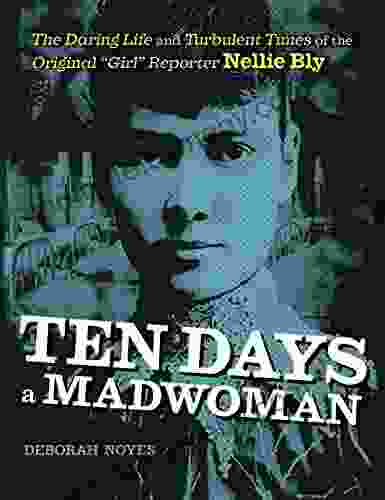
 Ernest Cline
Ernest ClineThe Daring Life and Turbulent Times of the Original Girl...
: Embracing the Spirit of Adventure In...
4.6 out of 5
| Language | : | English |
| File size | : | 41248 KB |
| Text-to-Speech | : | Enabled |
| Enhanced typesetting | : | Enabled |
| Word Wise | : | Enabled |
| Screen Reader | : | Supported |
| Print length | : | 384 pages |


